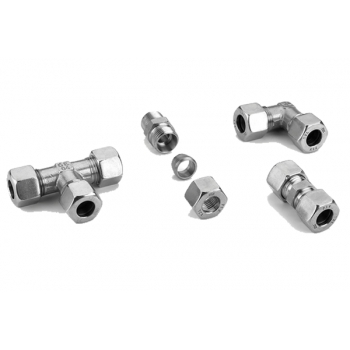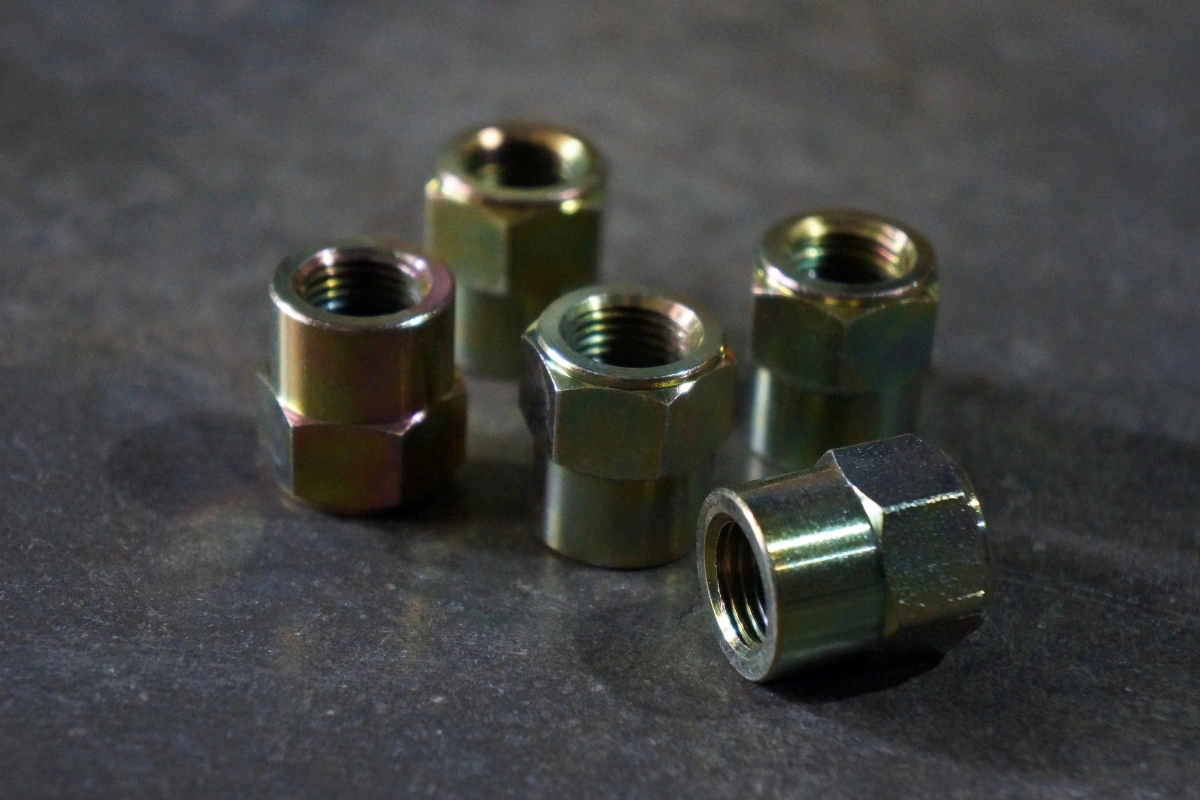Accurately measuring hydraulic fittings is essential to ensure the integrity and efficiency of any hydraulic system. Precise measurement ensures that components fit perfectly, preventing fluid leaks and guaranteeing optimal operation. Here are tools, methods, and practical tips for performing these operations with precision. So let’s find out how to measure hydraulic fittings.

Measurement tools and methods
Vernier caliper
The vernier caliper is one of the most commonly used tools for measuring hydraulic fittings. This tool allows precise measurements of both the external and internal diameters, as well as the length of the fittings. How is it used?
- External diameter: Place the caliper tips around the outside of the fitting and read the measurement on the display or scale.
- Internal diameter: Insert the caliper tips inside the fitting and read the measurement.
- Length: Measure the total length of the fitting using the caliper tips.
Thread gauge
The thread gauge is another essential tool for measuring hydraulic fittings, particularly for identifying the pitch and type of thread. How is it used?
- Choosing the blade: Select the gauge blade that matches the thread of the fitting.
- Thread verification: Insert the blade into the fitting and ensure it fits perfectly without play.
- Reading the measurement: Read the thread pitch measurement directly from the used blade.
Measuring compression fittings
Compression fittings are commonly used in hydraulic and pneumatic systems. They work by tightening a compression ring around the tube, creating a hermetic seal.
- Tube diameter: Use a vernier caliper to measure the external diameter of the tube to be connected.
- Fitting dimensions: Measure the external and internal diameters of the fitting and compare them with the tube specifications.
- Thread: Use a thread gauge to determine the type and pitch of the fitting thread.
Measuring threaded fittings
Threaded fittings have internal or external threads that allow components to be screwed together, creating a secure connection.
- Thread diameter: Measure the external diameter of the thread for male fittings and the internal diameter for female fittings using a vernier caliper.
- Thread pitch: Use a thread gauge to determine the pitch and type of thread.
- Thread length: Measure the length of the threaded part of the fitting.
For more information on different types of hydraulic fittings and their applications, visit our dedicated page on Hydraulic Fittings.
Measuring flange fittings
Flange fittings are used in applications requiring a robust and easily removable connection, such as in high-pressure systems.
- Flange diameter: Use a vernier caliper to measure the external diameter of the flange.
- Mounting holes: Measure the diameter and position of the mounting holes on the flange.
- Flange thickness: Measure the thickness of the flange to ensure it is compatible with the system.
Practical tips for measuring hydraulic fittings
To ensure the use of high-quality and properly calibrated measuring tools, it is essential to be precise, as even small measurement errors can lead to compatibility issues and leaks in the hydraulic system.
Furthermore, it is advisable always to compare the measured values with the technical specifications provided by the fitting manufacturer to ensure compatibility with other system components.

